Business
EXCLUSIVE: US Is Failing To Counter Threat Of Chinese Land Ownership, Report Finds
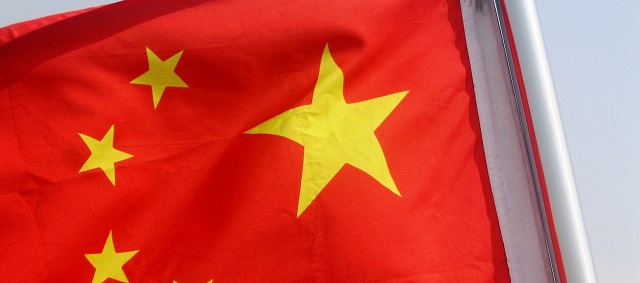
 From the Daily Caller News Foundation
From the Daily Caller News Foundation
The United States government is not appropriately addressing the threat posed by growing Chinese ownership of American land, according to a report released by the Heritage Foundation Thursday.
The federal government is woefully ill-equipped to track Chinese-owned real estate in the country, despite the serious threat these Chinese Communist Party-affiliated entities can pose to critical U.S. infrastructure, according to the report. The report calls on federal and state leaders to take action, such as increasing transparency and conducting more critical reviews of land purchases.
“China’s ownership of American land is nontransparent and unscrutinized, and the federal government has failed to address potential threats even as Chinese ownership of U.S. real estate increases,” Bryan Burack, a senior policy advisor for the Heritage Foundation and author of the study, told the Daily Caller News Foundation.
The federal government lacks an adequate system in place to broadly monitor Chinese ownership of U.S. real estate, due to ownership of real estate being overseen by state and local governments, the report notes. For this reason, the U.S. government has no clear picture on China’s total land holdings in the country.
“The United States should be watching land and real estate transactions from our top adversary, not ignoring them,” Burack said.
The Daily Caller News Foundation has reported extensively on Chinese companies’ land purchases in the U.S. For instance, the parent company of battery maker Gotion, which plans to build factories in Michigan and Illinois, participated in Chinese Communist Party (CCP) programs that acquire technology for China’s military, the DCNF reported. The DCNF also exposed the CCP ties of companies attempting to set up shop near military bases in Kansas.
Smithfield Foods, America’s largest pork producer, is owned by a Chinese firm and exported massive quantities of pork to its China-based “sister company” as that company stockpiled food for the Chinese military, the DCNF exclusively reported.
Chinese entities have spent over $100 billion acquiring American companies since 2010, with many of these businesses owning real estate across the country, according to the report. In 2020, the National Association of Realtors confirmed that China was the top foreign buyer of American real estate.
The Agricultural Foreign Investment Disclosure Act (AFIDA) does give some insight into the amount of agricultural land being purchased by foreign entities. The latest AFIDA report indicates that Chinese investors own a relatively small fraction of the country’s privately held agricultural land, holding only 346,915 acres, or roughly one percent, of foreign-held acres of private land, as of December 31, 2022.
However, Chinese-owned agricultural acreage grew over five-fold between 2011 and 2021, the report found.
This trend is worrisome because the Chinese government has made numerous, well-publicized attempts to gain access to key locations within the U.S.
Examples the report highlights include China’s attempt to equip a pagoda with signal collection technology and gift it in Washington, D.C., an attempt by a Chinese billionaire to build a wind development project near Laughlin Air Force Base in Val Verde County, Texas, and an attempt by a Chinese agribusiness to develop a cornmeal project just 12 miles from Grand Forks Air Base.
“In both the Val Verde and Grand Forks cases, existing federal government mechanisms proved manifestly unable to contend with threats that were clearly perceivable to the Americans living nearby — as well as, seemingly, to the Defense Department itself,” the report says. “Frighteningly, China’s threat to U.S. military infrastructure only continues to evolve.”
The Heritage Foundation recommended the federal government and state lawmakers enact laws to better equip the country for this growing threat.
“The threat posed by Chinese entities purchasing real estate in the U.S. and using it for malign purposes is real,” the report concludes. “As China presents the United States’ greatest national security threat and has a history of particular threats to real estate and agricultural land, measures to counter those threats must be a priority.”
Economy
Prime minister’s misleading capital gains video misses the point
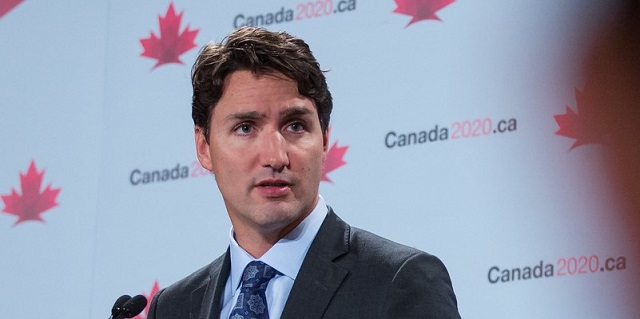
From the Fraser Institute
By Jake Fuss and Alex Whalen
According to a 2021 study published by the Fraser Institute, 38.4 per cent of those who paid capital gains taxes in Canada earned less than $100,000 per year, and 18.3 per cent earned less than $50,000. Yet in his video, Prime Minister Trudeau claims that his capital gains tax hike will affect only the richest “0.13 per cent of Canadians”
This week, Prime Minister Trudeau released a video about his government’s decision to increase capital gains taxes. Unfortunately, he made several misleading claims while failing to acknowledge the harmful effects this tax increase will have on a broad swath of Canadians.
Right now, individuals and businesses who sell capital assets pay taxes on 50 per cent of the gain (based on their full marginal rate). Beginning on June 25, however, the Trudeau government will increase that share to 66.7 per cent for capital gains above $250,000. People with gains above that amount will again pay their full marginal rate, but now on two-thirds of the gain.
In the video, which you can view online, the prime minister claims that this tax increase will affect only the “very richest” people in Canada and will generate significant new revenue—$20 billion, according to him—to pay for social programs. But economic research and data on capital gains taxes reveal a different picture.
For starters, it simply isn’t true that capital gains taxes only affect the wealthy. Many Canadians who incur capital gains taxes, such as small business owners, may only do so once in their lifetimes.
For example, a plumber who makes $90,000 annually may choose to sell his business for $500,000 at retirement. In that year, the plumber’s income is exaggerated because it includes the capital gain rather than only his normal income. In fact, according to a 2021 study published by the Fraser Institute, 38.4 per cent of those who paid capital gains taxes in Canada earned less than $100,000 per year, and 18.3 per cent earned less than $50,000. Yet in his video, Prime Minister Trudeau claims that his capital gains tax hike will affect only the richest “0.13 per cent of Canadians” with an “average income of $1.4 million a year.”
But this is a misleading statement. Why? Because it creates a distorted view of who will pay these capital gains taxes. Many Canadians with modest annual incomes own businesses, second homes or stocks and could end up paying these higher taxes following a onetime sale where the appreciation of their asset equals at least $250,000.
Moreover, economic research finds that capital taxes remain among the most economically damaging forms of taxation precisely because they reduce the incentive to innovate and invest. By increasing them the government will deter investment in Canada and chase away capital at a time when we badly need it. Business investment, which is crucial to boost living standards and incomes for Canadians, is collapsing in Canada. This tax hike will make a bad economic situation worse.
Finally, as noted, in the video the prime minister claims that this tax increase will generate “almost $20 billion in new revenue.” But investors do not incur capital gains taxes until they sell an asset and realize a gain. A higher capital gains tax rate gives them an incentive to hold onto their investments, perhaps until the rate is reduced after a change in government. According to economists, this “lock-in” effect can stifle economic activity. The Trudeau government likely bases its “$20 billion” number on an assumption that investors will sell their assets sooner rather than later—perhaps before June 25, to take advantage of the old inclusion rate before it disappears (although because the government has not revealed exactly how the new rate will apply that seems less likely). Of course, if revenue from the tax hike does turn out to be less than anticipated, the government will incur larger budget deficits than planned and plunge us further into debt.
Contrary to Prime Minister Trudeau’s claims, raising capital gains taxes will not improve fairness. It’s bad for investment, the economy and the living standards of Canadians.
Authors:
Business
Ottawa should end war on plastics for sake of the environment
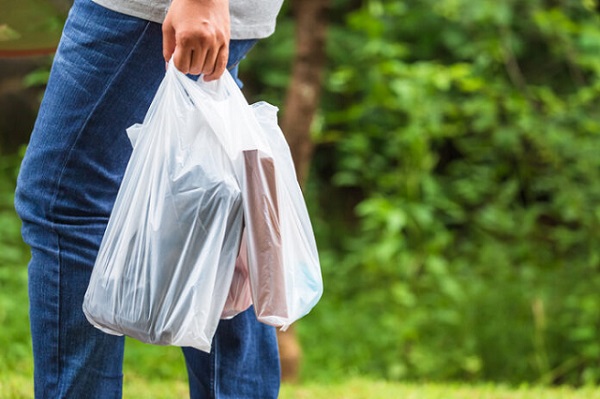
From the Fraser Institute
Here’s the shocker: Meng shows that for 15 out of the 16 uses, plastic products incur fewer GHG emissions than their alternatives…
For example, when you swap plastic grocery bags for paper, you get 80 per cent higher GHG emissions. Substituting plastic furniture for wood—50 per cent higher GHG emissions. Substitute plastic-based carpeting with wool—80 per cent higher GHG emissions.
It’s been known for years that efforts to ban plastic products—and encourage people to use alternatives such as paper, metal or glass—can backfire. By banning plastic waste and plastic products, governments lead consumers to switch to substitutes, but those substitutes, mainly bulkier and heavier paper-based products, mean more waste to manage.
Now a new study by Fanran Meng of the University of Sheffield drives the point home—plastic substitutes are not inherently better for the environment. Meng uses comprehensive life-cycle analysis to understand how plastic substitutes increase or decrease greenhouse gas (GHG) emissions by assessing the GHG emissions of 16 uses of plastics in five major plastic-using sectors: packaging, building and construction, automotive, textiles and consumer durables. These plastics, according to Meng, account for about 90 per cent of global plastic volume.
Here’s the shocker: Meng shows that for 15 out of the 16 uses, plastic products incur fewer GHG emissions than their alternatives. Read that again. When considering 90 per cent of global plastic use, alternatives to plastic lead to greater GHG emissions than the plastic products they displace. For example, when you swap plastic grocery bags for paper, you get 80 per cent higher GHG emissions. Substituting plastic furniture for wood—50 per cent higher GHG emissions. Substitute plastic-based carpeting with wool—80 per cent higher GHG emissions.
A few substitutions were GHG neutral, such as swapping plastic drinking cups and milk containers with paper alternatives. But overall, in the 13 uses where a plastic product has lower emissions than its non-plastic alternatives, the GHG emission impact is between 10 per cent and 90 per cent lower than the next-best alternatives.
Meng concludes that “Across most applications, simply switching from plastics to currently available non-plastic alternatives is not a viable solution for reducing GHG emissions. Therefore, care should be taken when formulating policies or interventions to reduce plastic demand that they result in the removal of the plastics from use rather than a switch to an alternative material” adding that “applying material substitution strategies to plastics never really makes sense.” Instead, Meng suggests that policies encouraging re-use of plastic products would more effectively reduce GHG emissions associated with plastics, which, globally, are responsible for 4.5 per cent of global emissions.
The Meng study should drive the last nail into the coffin of the war on plastics. This study shows that encouraging substitutes for plastic—a key element of the Trudeau government’s climate plan—will lead to higher GHG emissions than sticking with plastics, making it more difficult to achieve the government’s goal of making Canada a “net-zero” emitter of GHG by 2050.
Clearly, the Trudeau government should end its misguided campaign against plastic products, “single use” or otherwise. According to the evidence, plastic bans and substitution policies not only deprive Canadians of products they value (and in many cases, products that protect human health), they are bad for the environment and bad for the climate. The government should encourage Canadians to reuse their plastic products rather than replace them.
Author:
-
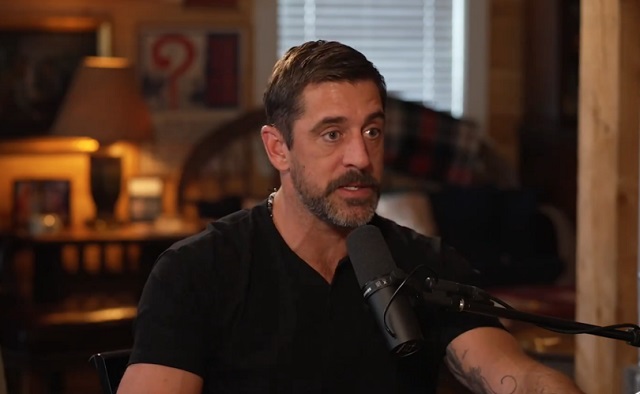
 COVID-192 days ago
COVID-192 days agoTucker Carlson and NFL star Aaron Rodgers discuss Bill Gates, COVID-19, US Deep State
-
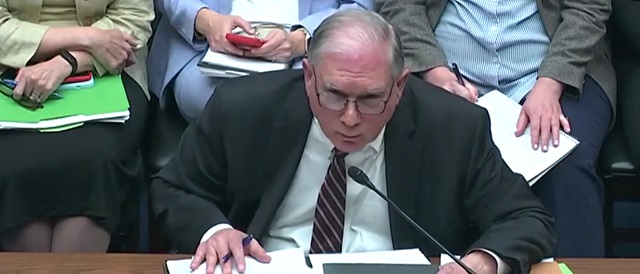
 COVID-191 day ago
COVID-191 day agoTop Fauci Aide Allegedly Learned To Make ‘Smoking Gun’ Emails ‘Disappear,’ Testimony Reveals
-
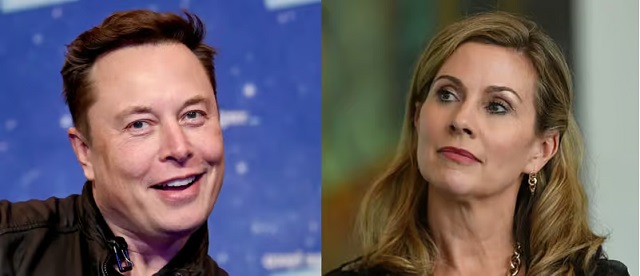
 Brownstone Institute13 hours ago
Brownstone Institute13 hours agoMusk Wins Latest Censorship Battle in Australia
-

 Economy2 days ago
Economy2 days agoPrime minister’s misleading capital gains video misses the point
-
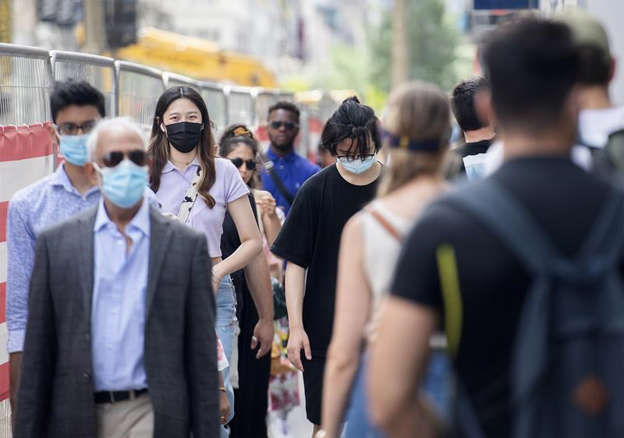
 Brownstone Institute14 hours ago
Brownstone Institute14 hours agoEnough With These Dangerous Calculations
-

 COVID-1923 hours ago
COVID-1923 hours agoThe Vials and the Damage Done: Canada’s National Microbiology Laboratory Scandal, Part II
-
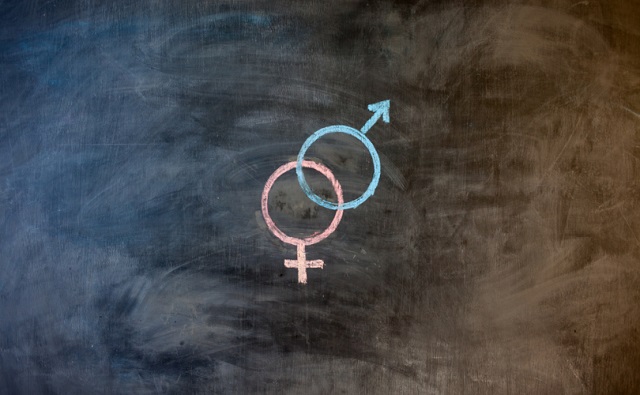
 Opinion48 mins ago
Opinion48 mins agoUK set to ban sex ed for young children amid parental backlash against LGBT indoctrination
-

 Censorship Industrial Complex2 hours ago
Censorship Industrial Complex2 hours agoAustralia passes digital ID bill, raising fears of government surveillance without accountability











